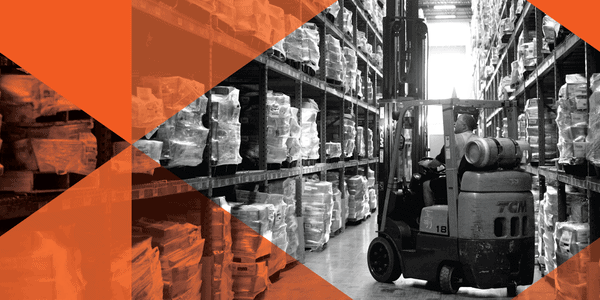
A long-term approach that allows for incremental process changes designed to improve quality and efficiency. That’s lean management in a nutshell. But when 3PL companies and other supply chain professionals talk about warehouse management, they love to dish out terms like “kaizen” (the Japanese word for improvement) and “5s” (another Japanese system of efficiency). While these terms are fun to say and easy to remember, they sometimes get tossed into a word salad rather than clearly defining how best to efficiently store and ship goods.
![]()
Standardization in the warehouse always leads to greater efficiency. When the process is followed and the technology used is the same across the facility, it becomes easier to learn, repeat, and improve upon.
![]()
If you’re looking to streamline your warehouse and become more efficient at moving goods, here are a few tips to work into your regimen.
Better safe than unproductive
Warehouse efficiency involves more than moving quickly, it’s also about moving safely. OSHA reported 17,390 cases of days away from work in 2017 due to injuries in warehouses across the country. Maintaining an efficient warehouse begins with reviewing the safety and training standards with employees to ensure that all rules, regulations and best practices are being followed. This includes loading and unloading procedures, proper lifting technique, forklift and pallet jack operation, and any other safety procedures you have in place.
Set the standard
Standardization in the warehouse always leads to greater efficiency. When the process is followed and the technology used is the same across the facility, it becomes easier to learn, repeat, and improve upon. Standardization can be applied to your warehouse equipment, pick pack and ship procedures, loading and unloading of trucks, and many other work processes. However, no two facilities are the same. It’s up to the warehouse management team to identify what works best for their facility and crew.
Optimize the space
Optimization goes beyond just worker productivity — it’s also greatly reliant on facility layout. Everything from the placement and grouping of SKUs and commonly purchased items can impact the speed in which items are picked, packed and shipped. Even workers’ routes can be improved to decrease the number of steps taken, increasing efficiency. We’ve written an entire post on optimizing the layout of a warehouse. Read it here!
Maintain visibility
What are your organization’s key performance indicators (KPIs)? How are they measured? Does each employee understand his or her role in achieving them? Warehouses need visible KPIs that enable team members to act as a coordinated group, which lead to a better workflow encapsulating every step of the process. From order placement to pick and pack, loading, paperwork and every other step in the cycle, it’s important that everyone on the team understands what needs to be achieved and how they can help facilitate the overall process.
Partner with a pro
Warehousing requires expertise, precision and a lot of labor and resources. When you outsource your warehousing and shipping to King, you not only gain access to a whole host of space, labor and resources, you also benefit from our wealth of industry knowhow.
Ready to talk warehousing solutions with our team? Contact us today.







 Joel Rice
Joel Rice